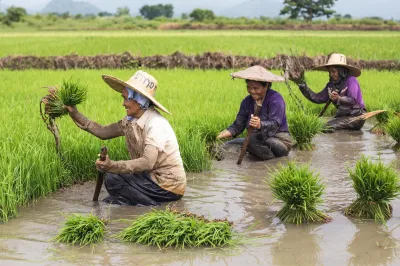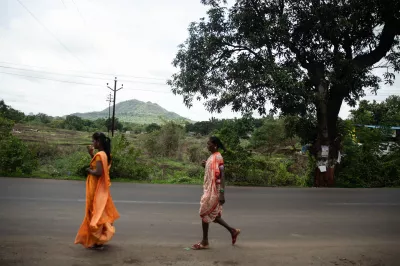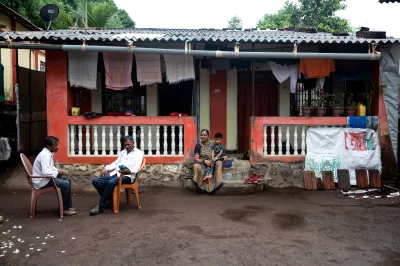Overview of the G2P Payments Sector in India
We often write on this blog about the potential to link government-to-person (G2P) payments to financial services. We also closely follow branchless banking developments in India and have recently shared our take on the market. So imagine our excitement when we can talk about both together!
India is just one of a handful of countries that is implementing financially-linked G2P payments at scale. And of course, “scale” in India – a country with nearly 1.2 billion people – means something a bit bigger than in most countries. In India in 2008-2009, 22 welfare schemes paid out a total $65 billion to tens of millions of Indians – which doesn’t even include the substantial G2P flows for government salaries and small savings schemes. The yearly budget of the National Rural Employment Guarantee Scheme (NREGS), one of two welfare schemes that dominate the G2P payments space is $6.7 billion. And, most excitingly from our perspective, these schemes are leveraging emerging branchless banking models to disburse these payments, moving from the former branch- and cash-based distribution model to the distribution of funds into no-frills bank accounts serviced by business correspondents outside of branches.
Not surprisingly, though, this is only the start of the story. While the ambitious link of G2P payments to bank accounts is exciting and can be a source of learning and inspiration for other countries, challenges and complexities persist. We visited India this summer to learn more about G2P payments as they relate to financial inclusion. Our full overview note is available here, but here’s a summary of our key insights.
- State governments exercise significant control over the management and administration of central government-mandated G2P schemes, and there is great variability in the fees paid by state governments to banks for disbursing funds to citizens – some states pay 2% of values disbursed (or more), but others refuse to pay anything. This weakens the business case for banks and fails to generate enough money to feed the many mouths in the G2P value chain.
- Business correspondent network managers (BCNMs) are particularly squeezed, as they must compensate their network to keep them engaged and reliable, but the current fee structures from banks leave little money left over.
- In the absence of transaction fees, many banks appear motivated to disburse G2P transfers because they view this as a “foot in the door” for future business from governments, an especially compelling prospect for private banks who have traditionally been boxed out of this business by public-sector banks.
- Banks also hope that new customers and no-frills accounts opened as a part of G2P initiatives can eventually generate additional revenue, whether through fees or float, but so far the vast majority of accounts are dormant and empty. It remains to be seen whether banks (or nonbanks) will find ways to activate these accounts, perhaps by channeling new products or services through these accounts and improving the value proposition for customers.
- Despite the use of electronic payments and front-end technology solutions in the payment process in many states, there continues to be an inherent messiness to the G2P payments space in India due to the ongoing need for manual reconciliation, lack of standardization, existing duplication, and suboptimal coordination among various stakeholders. Several new initiatives seek to change this and show exciting promise, but it’s too early to tell if or when these may come online and improve the current situation, particularly in light of ongoing technical and political challenges. Some of these initiatives are explained here:
- The continued roll-out of the unique identification number (known as the “Aadhaar” number) by the Unique Identification Authority of India (UIDAI) makes it easier for banks to complete know-your-customer (KYC) requirements at account-opening and will enable the central government to post beneficiary payments to NPCI’s (National Payments Corporation of India) central Aadhaar Payment Bridge platform instead of at a state by state level.
- Both the Interbank Mobile Payments Service (IMPS) and Aadhaar Enabled Payment System (AEPS) platforms have the potential to integrate the payment systems of various G2P schemes and enable the mobile phone to be used more consistently as a front-end technology instrument.
- The central government is investigating distribution alternatives for fuel and fertilizer subsidies, potentially converting these in-kind transfers to direct cash transfers, which would add tens of billions of dollars of cash volumes into the G2P ecosystem.
So it appears in India that the link between G2P payments and financial inclusion is still being built – as it is in the rest of the world.
Read our full overview of the G2P payments sector in India.




Add new comment